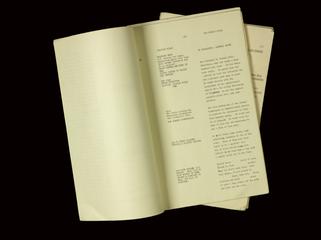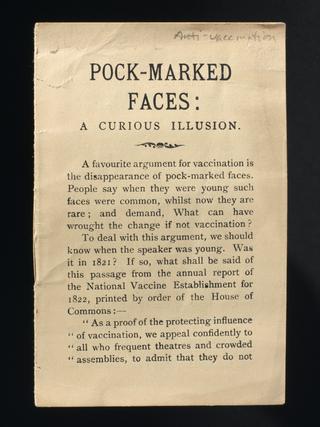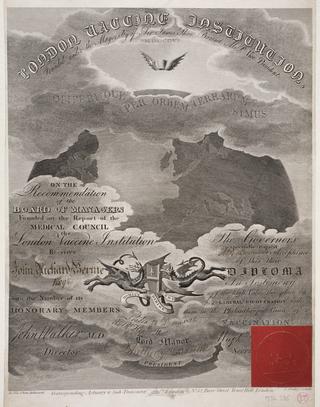








Notebook with handwritten notes by James Lovelock, Adrigole, Ireland, 1970s. Contains early drafts for the work that became Gaia: A New Look at Life on Earth, published 1979. The notebook is a wide spiral bound notebook; modern paper; handwritten notes in black and blue ink.
This early draft of James Lovelock’s first book was written at his holiday home in Adrigole, Ireland. The book was published 11 years after his first scientific paper on Gaia – the hypothesis that Earth functions as a self regulating system that maintains conditions suitable for life. The informal style of the book made it popular and more widely read than his scientific papers, with hundred of thousands of copies sold since its publication. The name ‘Gaia’ was first suggested by Lovelock’s neighbour, novelist William Golding.
“As Urey has taught us the atmosphere and oceans of the Earth were not part of the original wrappings. Any primeval atmosphere would have been blown away during the early stages of the sun’s settling down. The Earth was for a while bare like the moon is now but later there was an escape of volatile material. The pressure of the Earth’s own mass and stored energy of its hugerly radioactive contents together heated the Earth until the gases and the water boiled off from the interior to form the air and seas.
We do not know how long it took to produce this secondary atmosphere nor do we have evidence of its composition. “
Details
- Category:
- Archive
- Object Number:
- 2012-118/3
- Materials:
- paper
- Measurements:
-
overall: 250.5 cm x 210.5 mm
- type:
- notebook, spiral binding and manuscript - document genre
- credit:
- James Ephraim Lovelock




